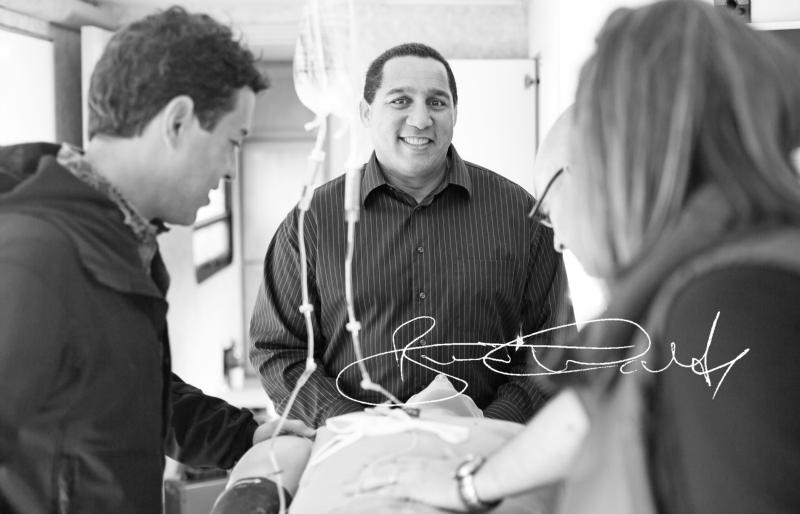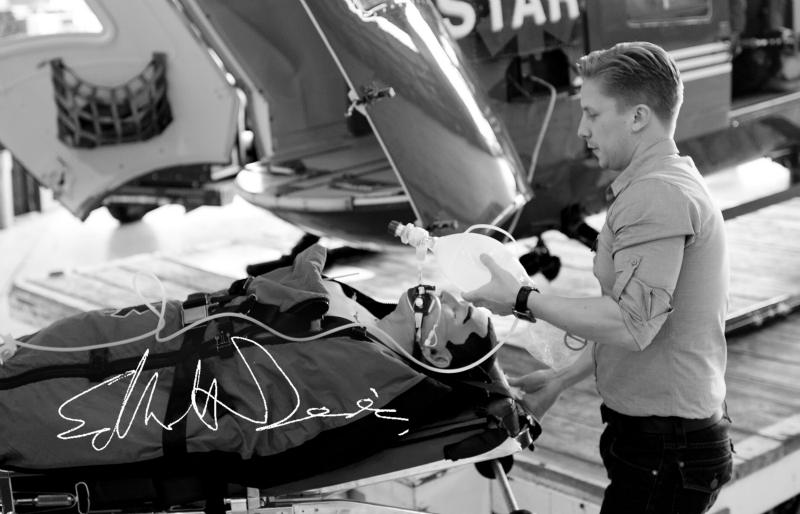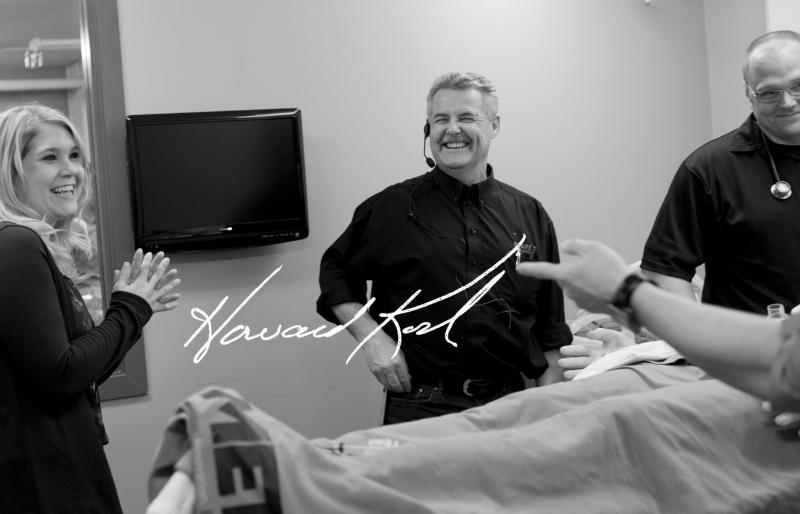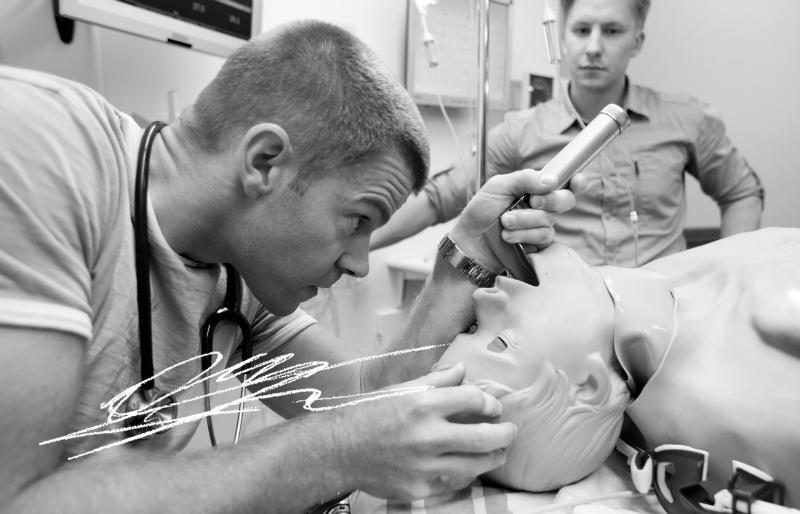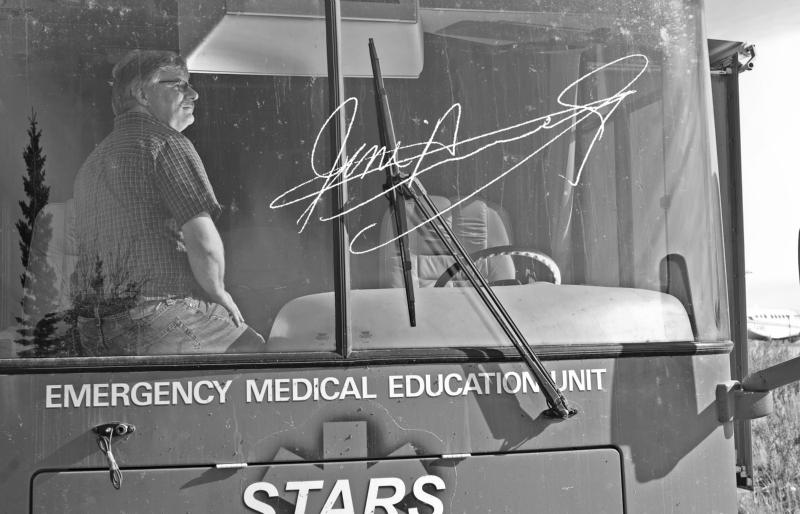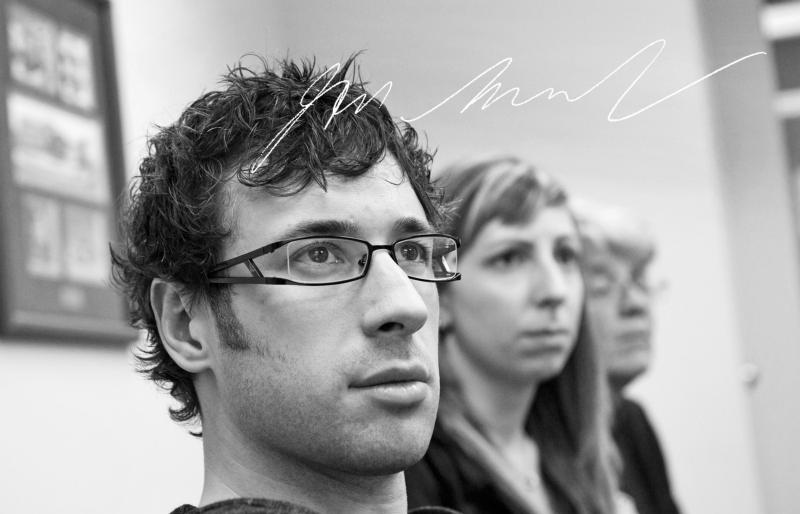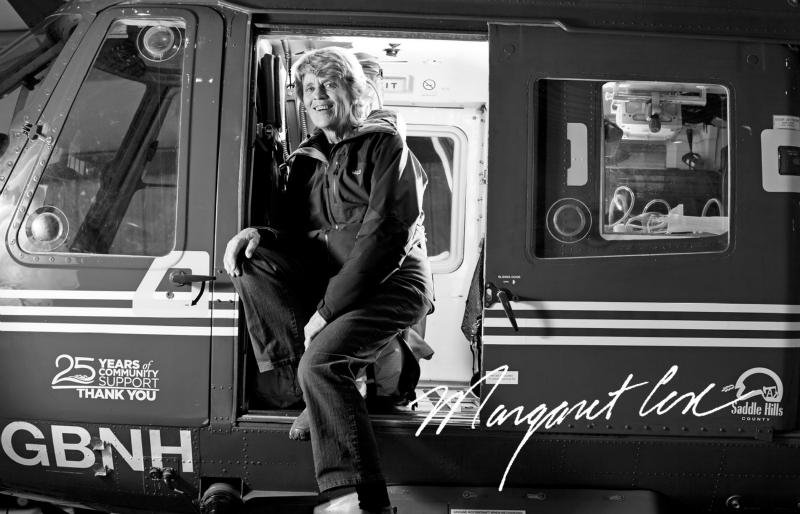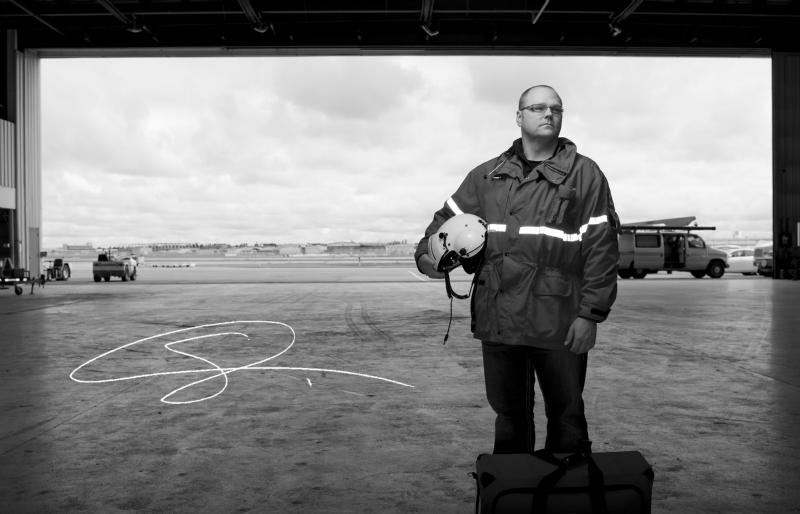STARS Academy
How do you share world-class expertise?
STARS helicopters are a common sight in Alberta’s skies. The red choppers are ready to airlift patients to safety 24 hours a day, 7 days a week. Their dedicated and alert staff is a force in the sky that few places in the world have at their disposal.
In 2010, STARS flew 2,169 hours on 1,453 separate missions. They change lives on every flight and provide a fighting chance for the patients they serve.
STARS saw how rural practitioners- medical experts from doctors to EMTs- could benefit from training in STARS’ critical care and transport medicine techniques. Even though they have a robust fundraising model maintaining their fleet and personnel, STARS found they needed to offer more support for the rural population to attend the educational portion of their model, the STARS Critical Care & Transport Medicine Academy.
STARS wanted to share their medical transport expertise with rural health practitioners to create an even greater impact on the ground.
How can you engage rural health practitioners?
The STARS Critical Care & Transport Medicine Academy (STARS Academy) is a 16-week program blending online learning with traditional face-to-face teaching. Students go through four phases that include preparation, residency, transition to practice and assessment.
The program teaches medical practitioners the skills necessary to take their experience to the next level. Working with human-patient simulators, students are offered an accurate representation of real-life experiences through hands-on learning.
The program is innovative, highly sought after and desperately needed.
How can you empower medical professionals to attend your program?
The STARS Academy is open to nurses, paramedics, respiratory therapists and physicians who want to strengthen their knowledge in transport medicine. However, while many people may be interested in the program, not everyone can justify the tuition.
With $577,676 in funding support from the Rural Alberta Development Fund, the STARS Academy was able to enhance its program and create a travel bursary for rural-based Alberta Learners. The $1,500 bursary helps offset travel costs associated with attending the residency and assessment phases of the program.
Without the bursary, many individuals are unable to justify the travel costs and additional expenses over and above the cost of the course itself. Thanks to the Rural Alberta Development Fund, many rural health practitioners who would have previously opted out of the program have now attended.
What does progress look like?
The STARS Academy attracts students from around the world. Applications have come in from across the United States and as far away as Scotland, likely due to the program’s 100 per cent success rate from its graduates. One of those graduates, Shane Croke, was able to apply his STARS training to save a life.
As a Paramedic in the Vermilion area, Shane attended the STARS Academy to strengthen his transport medicine expertise. He found the case studies and drills covered by the program directly applied to his day-to-day work in Wainwright. The course taught him valuable new information and techniques to use when facing medical emergencies.
In one case, Shane was presented with a 60-year-old male with a speeding heart, excessive acid in his bodily fluids and a dangerously high temperature. Remembering his STARS training, Shane was able to identify the potential complications that may occur during transport to the hospital and saved the patient’s life.
Shane’s STARS training has already saved one Albertan, and as their program continues, it’s sure to do even more.



